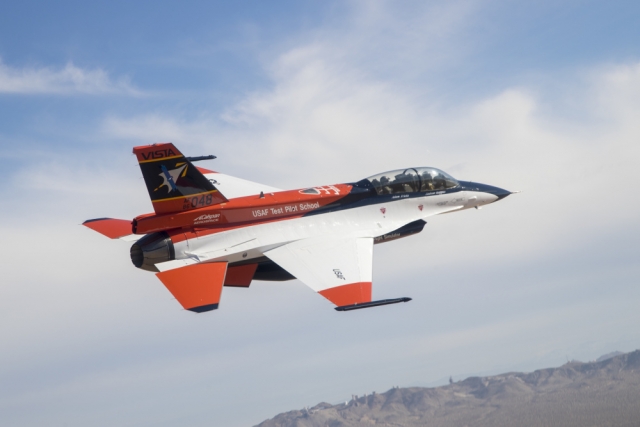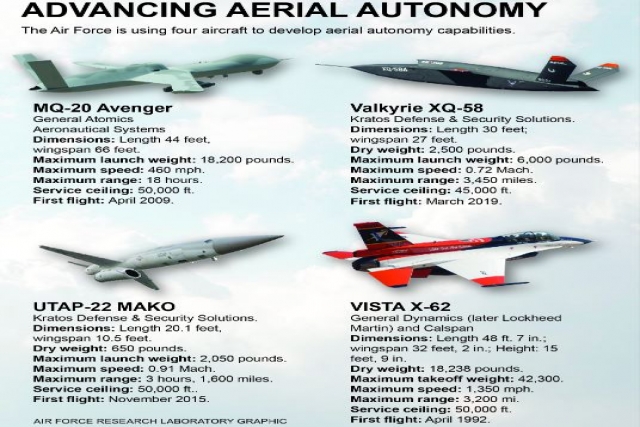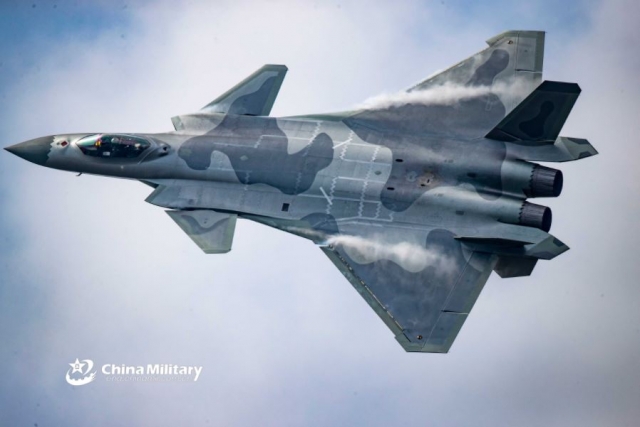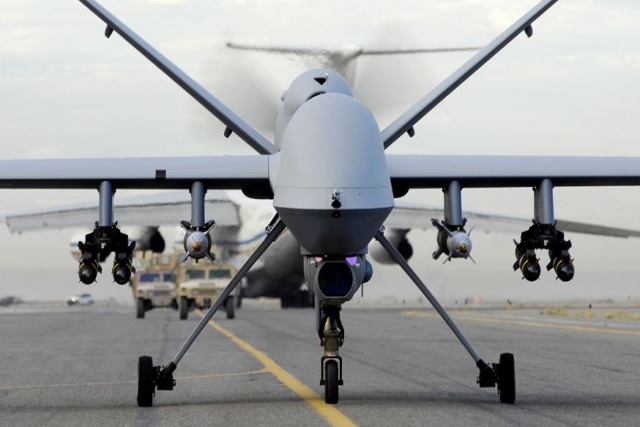DARPA's Artificial Intelligence Controls F-16 in Flight

Artificial intelligence (AI) algorithms developed under the U.S. DARPA’s Air Combat Evolution (ACE) program controlled an F-16 in flight.
In early December 2022, ACE algorithm developers uploaded their AI software into a specially modified F-16 test aircraft known as the X-62A or VISTA (Variable In-flight Simulator Test Aircraft), at Edwards Air Force Base, California, and flew multiple flights over several days demonstrating that AI agents can control a full-scale fighter jet.
DARPA performers EpiSci, PhysicsAI, Shield AI, and the Johns Hopkins Applied Physics Laboratory flew different F-16 AI algorithms on the X-62A. The aircraft, a highly modified two-seat F-16, can be programmed to demonstrate the flight-handling characteristics of a variety of different aircraft types.
VISTA was upgraded recently with the System for Autonomous Control of Simulation (SACS), making the aircraft a perfect platform to test ACE’s autonomous F-16 AI agents. A safety pilot was on board the VISTA aircraft to take control if anything went awry.
“We conducted multiple sorties [takeoffs and landings] with numerous test points performed on each sortie to test the algorithms under varying starting conditions, against various simulated adversaries, and with simulated weapons capabilities,” said Air Force Lt. Col. Ryan Hefron, the DARPA program manager for ACE. “We didn’t run into any major issues but did encounter some differences compared to simulation-based results, which is to be expected when transitioning from virtual to live."

The Test Pilot School is also supporting the ACE program in measuring how well pilots trust the AI agent to conduct within-visual-range air combat (called a dogfight) while the human pilot focuses on larger battle management tasks in the cockpit. Air Force test pilots have flown numerous live flights in L-29 jet trainers at the University of Iowa Technology Institute’s Operator Performance Laboratory (OPL), an ACE performer.
The two-seat L-29 jets at OPL are outfitted with sensors in the cockpit to measure pilot physiological responses, giving researchers clues as to whether the pilot is trusting the AI or not. The TPS recently hosted an ACE Trust Capstone event in late January 2023 using simulators to gauge pilot-agent alignment with follow-on trust-calibration flights in the X-62A planned for later this year.
Begun in 2019, ACE aims to develop human-level, AI-driven autonomy for air combat by using human-machine collaborative dogfighting as its challenge problem. In August 2020, the ACE program’s AlphaDogfight Trials pitted AI agents against each other flying simulated F-16s in a virtual dogfighting competition that culminated with the winning AI defeating an experienced F-16 fighter pilot flying in a simulator.













